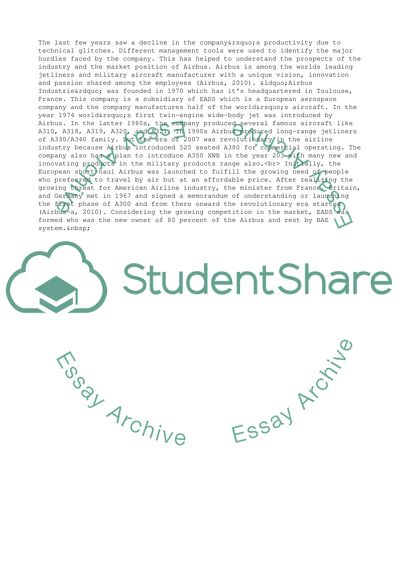Cite this document
(Organisational Behavior and HRM on AIRBUS Term Paper, n.d.)
Organisational Behavior and HRM on AIRBUS Term Paper. Retrieved from https://studentshare.org/management/1732981-organisational-behaviour-and-hrm-on-airbus
Organisational Behavior and HRM on AIRBUS Term Paper. Retrieved from https://studentshare.org/management/1732981-organisational-behaviour-and-hrm-on-airbus
(Organisational Behavior and HRM on AIRBUS Term Paper)
Organisational Behavior and HRM on AIRBUS Term Paper. https://studentshare.org/management/1732981-organisational-behaviour-and-hrm-on-airbus.
Organisational Behavior and HRM on AIRBUS Term Paper. https://studentshare.org/management/1732981-organisational-behaviour-and-hrm-on-airbus.
“Organisational Behavior and HRM on AIRBUS Term Paper”, n.d. https://studentshare.org/management/1732981-organisational-behaviour-and-hrm-on-airbus.


